Feeding the algorithm
Art and the pitfalls of social media
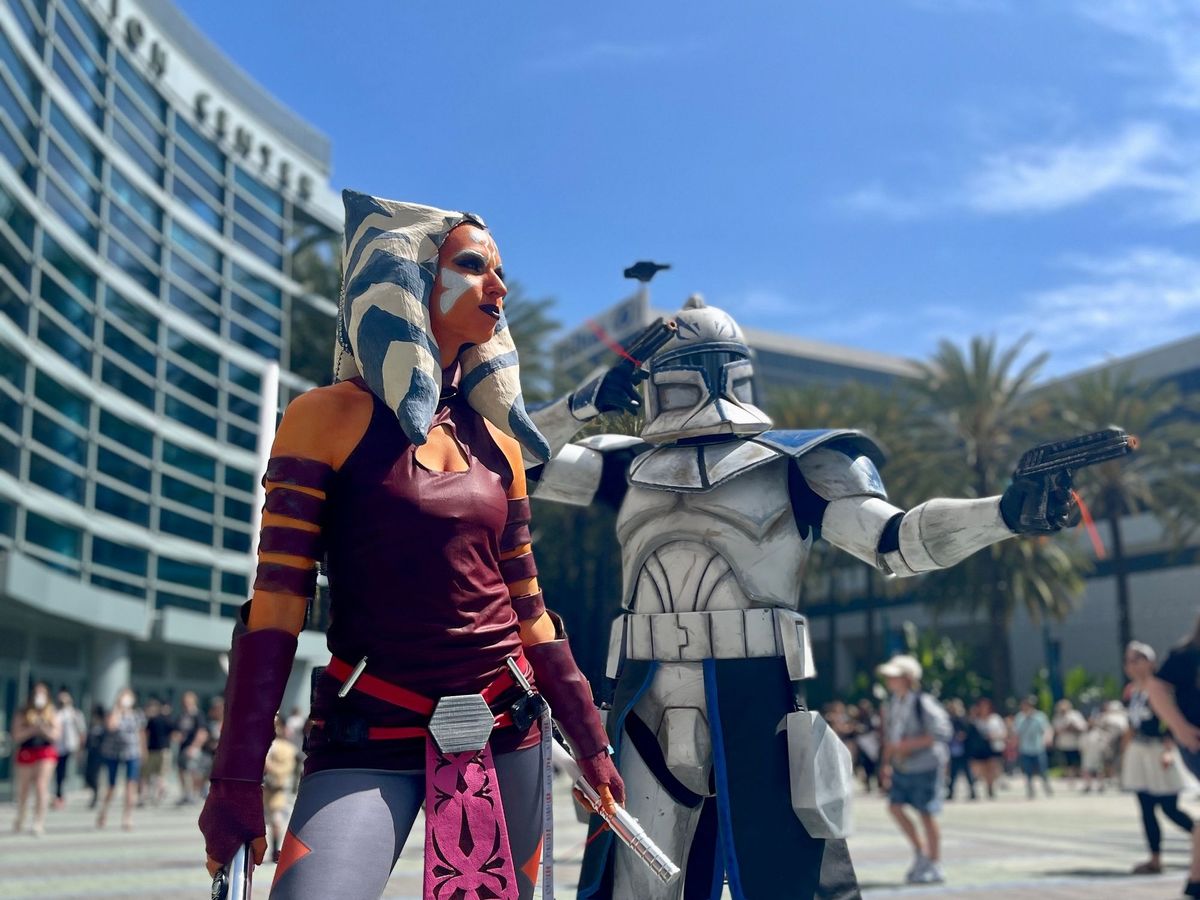
One of the first big blogs that I remember coming across via Facebook was Humans of New York (HONY), a photography project run by Brandon Stanton that takes portraits of New Yorkers on the street, paired up with some random bit of wisdom that they might have. It's a little gimmicky, but there's generally a positive stream of optimism and inspiration.
Like most everything on social media, it can be flighty: zero-calorie snacks that you consume while you scroll. Every now and then, however, you come across a good one, like one that Stanton posted the other day:

It's a little provocative, but as I read it, I realized that it perfectly encompasses nearly all of my thoughts about how we operate on social media, and the pitfalls that you see with creatives operating on Instagram, Twitter, Facebook, or any of the other platforms out there.
The thing that struck me the most was "You can never feed it enough," and that as soon as you begin adapt your creation to be better suited to appear to more people on whatever platform you're on, you're falling into a trap. It's like a race where the finish line is always just out of reach. "You’re not even in service to your art anymore. You’re in service to the algorithm."
That hits me so hard, because I can't begin to calculate the number of minutes, hours, and days that I've spent over the years working as a journalist and writer trying to figure out how to build an audience online, for all of the practical reasons out there: to find places to write, new freelance gigs, find new subscribers and followers, and so forth.
Some creators are great at this: they're funny and insightful and snarky and people gravitate toward them to tap into that humor or whatever thoughts they might have, rocketing them to greater audiences and whatever opportunities that's comes with that. For others (like me), it's a grind. I don't particularly like the work that goes into self-promotion. When the Cosplay book came out last year, someone suggested that I post pictures and tag a handful of the larger cosplayer influencer accounts in the hope that they'd see it and boost the signal. I did one of those and almost immediately deleted it. It just felt ... gross.
While writing the book, I ended up re-joining Instagram because I wanted to connect with other cosplayers, but also see how they were using the platform. As I noted in the book, it's a visual-first social network, one that's ideal for a vocation that relies so heavily on visuals. Plenty of cosplayers have found an enormous amount of success on the platform, posting up images and videos of their latest works in progress, the results from their photoshoots, and candids of cons and events that they've attended.
I noticed something else happening as well: some of these prolific accounts would post regularly with content tailored for the latest holiday, movie/TV release, the road to their next convention, and so forth. They'd soon start trickling in sponsored content, showing off boxes of stuff that studios or companies would send them, or pictures from various red carpet events in L.A. or New York where they're decked out in a costume from the film or TV show. You see a lot of the same faces show up over and over again.
And then they'd go quiet. One child cosplayer (or, I'm guessing, their guardian) abruptly posted up that they were going to be shutting down the account for a variety of personal reasons. I've seen others go dark, only to post up a couple of stories or posts about how they were sorry they were letting their audiences down and weren't posting anything, but they'd just gotten too overwhelmed by the rush and pressure to keep up with the rest of the herd, and were stepping back. I've seen super-low follower accounts do the same, and I want to scream at my phone, telling them that nobody is owed an apology because they haven't been posting regularly.
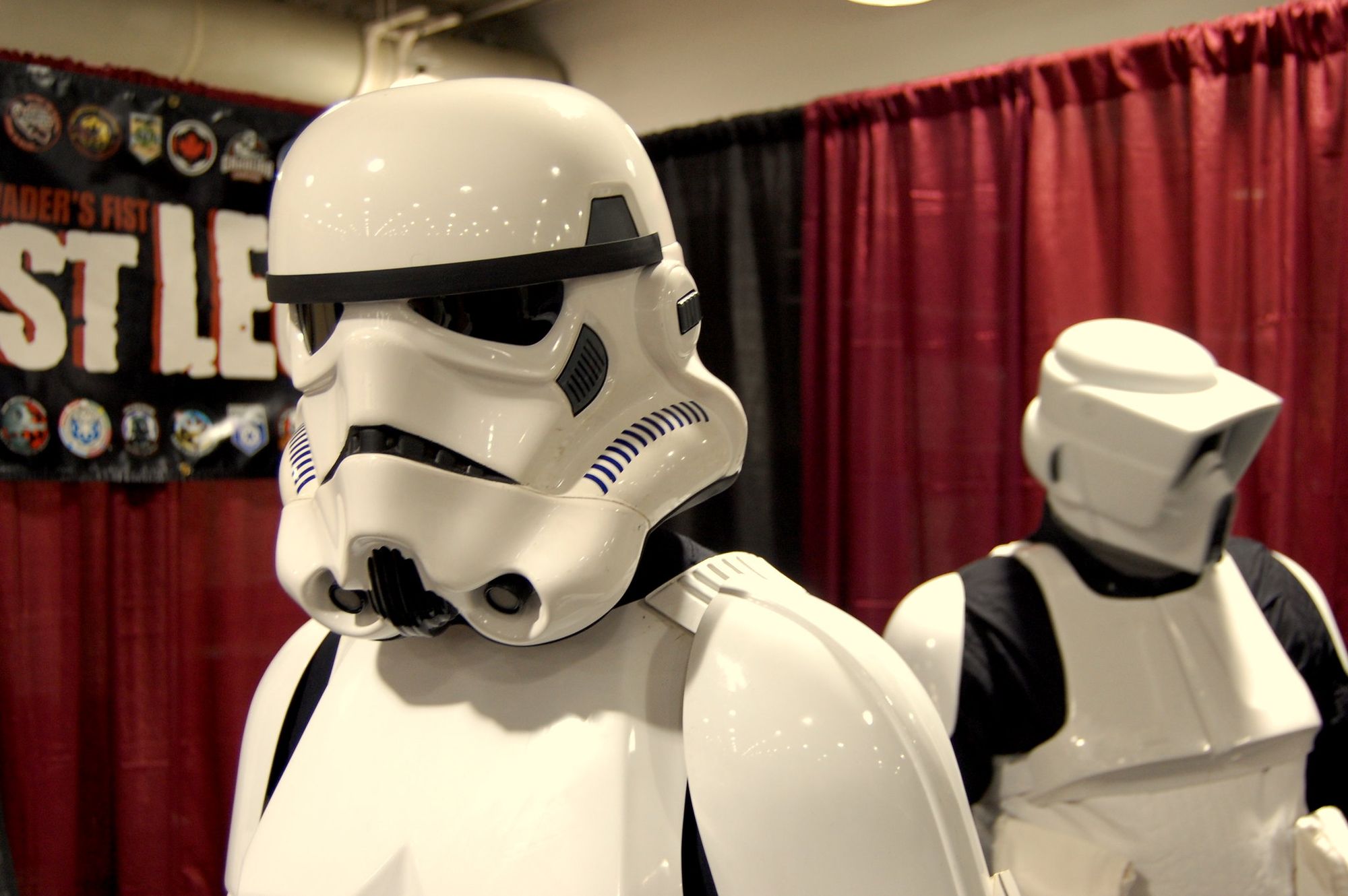
Burnout amongst cosplayers is a thing. When I started suiting up as a stormtrooper years ago, I did so out of the enthusiasm for the armor that I picked up, and found plenty of friends who shared those feelings along the way. 20 years is a long time, and I've seen plenty of friends come and go, buffered in and out of groups and the cosplay scene because of interpersonal drama or fatigue over the peer pressure either outdo yourself with each new build, come up with a new costume from the latest shiny film, or join up with that latest group build.
All of this is feeding the algorithm in some way or shape: if you know what you're looking for, it's easy to see who's trying to jump at the chance to join the latest premiere or have the hot picture that gets shared around the cosplay scene for the next couple of days, basking in the attention and likes that come with it.
This isn't to say that's necessarily a bad thing: the attention can be rewarding, and some folks live for the challenge. But that drive shouldn't be the sole motivating factor here: cosplay and art are vocations that I feel should be fun, first and foremost. When I meet aspiring cosplayers or 501st members, my major piece of advice is: "pick a character that you love to do," rather than try and race to build a costume just because it's the most recognizable figure from that latest TV episode or film.
Because if you don't start with passion at the core of what you're doing, you're not doing it for yourself: you're creating for an anonymous audience that has very little stake (with some exceptions) in your work. Audiences aren't known for their loyalty, and as soon as you don't adhere to their expectations or produce something they're interested in, they evaporate and find the next thing to look at. Passion, I feel, is the thesis for any creative endeavor. It's what drives the plot, the brushstrokes, the design, and it's something that's incredibly difficult to fake. Approach a project with passion, and it'll shine through. Go into it only for the attention, and you'll see the emptiness.
I don't want to imagine how much time I've wasted writing lists and quick-hit news articles that could have been spent working on something else. I know I have projects and ideas piling up in notebooks that I've never made the time to do. I know I've changed how I approach this newsletter and reviewing and commentating: I've given up trying to hit book release dates or try and tackle the latest controversy in the genre world, opting (in my mind at least) to try and capture the ideas and thoughts as they come.
It's a good reminder to go out and build/create/write/paint something that speaks strongest to you.
Currently Reading
I've been in a reading rut this summer, but I feel like I've been pulling out of it slowly. At the end of October, I finished reading Ursula K. Le Guin's A Wizard of Earthsea, which was just as vibrant and exciting as I remember years ago.
I also picked up and finished Jessica Radloff's The Big Bang Theory: The Definitive, Inside Story of the Epic Hit Series, a glorified oral history of the CBS series. I binged the entire series over the course of September and October, and it was interesting to read into the challenges and issues that cropped up behind the scenes as the production played out. The book is what I'd call "Hollywood Nice", in that it's overly superlative, where everyone is brilliant and amazing and outstanding, but where there's not as much attention paid to some of the more challenging points, like personality conflicts and tempers, even if you can see glimpses of it. Still, it was an interesting read / listen.
Currently, I'm reading Alix E. Harrow's Starling House, an excellent gothic horror and Marko Kloos's Orders of Battle, which I've been meaning to read for a couple of years now. I fell into the habit of reading his series two books at a time, and I'm looking forward to the next and final installment of his Frontlines series, Centers of Gravity when I'm done with it.
Further reading
It's been a long while since I've done one of these, so here's a pile of links that have accumulated in the Slack channel since the beginning of November:
First up: TO subscriber and friend Nick Goede noted that he was abruptly laid off from his company, and says that he's a software developer and agile coach in the fintech and restaurant industries. If you happen to be in that field and are looking for someone, drop him a line or visit his site.
Black Scares. The Atlantic interviewed writer/actor/editor Jordan Peele about his latest project: an anthology of horror stories from Black Authors, Out There Screaming: An Anthology of Black Horror. It's a good listen.
Coyote vs. Warner Bros. This was a rollercoaster of a ride in the last week: word broke that Warner Bros. was scrapping another completed film: Coyote vs. ACME, an animated/live-action hybrid film that would have seen Wile E. Coyote suing the ACME corporation for its faulty products. It's a fantastic premise, and it reportedly did really well with audiences. The reason for pulling it? Tax reasons, which brought no shortage of outcry from fans and filmmakers. Fortunately, the studio has backtracked, allowing director David Green to shop the film to other outlets.
In related reporting, The New York Times published an extensive look at David Zaslav’s tenure at Warner Bros. Discovery, the cuts he's made, and the ripple effects that those actions are having throughout Hollywood.
Fantasy exhibit. The British Library recently installed an exhibit about fantasy literature called Fantasy: Realms of Imagination, containing note and sketchbooks from authors like Neil Gaiman and Ursula K. Le Guin, costumes and movie props, maps, posters, and quite a bit more. The exhibit runs through the end of February 2024. The Guardian has a good overview.
Goodreads Choice Awards. Goodreads has launched its annual Choice Awards. These are chosen by its users in a variety of genres (although they've gotten some blowback for cutting a couple of categories out this year). You can take a look at the initial slate of nominees and vote here.
Interview with John Harris
This is something I've had in the works for a while: an interview with artist John Harris. He had some really interesting things to say about space and creativity, as well as generative AI.
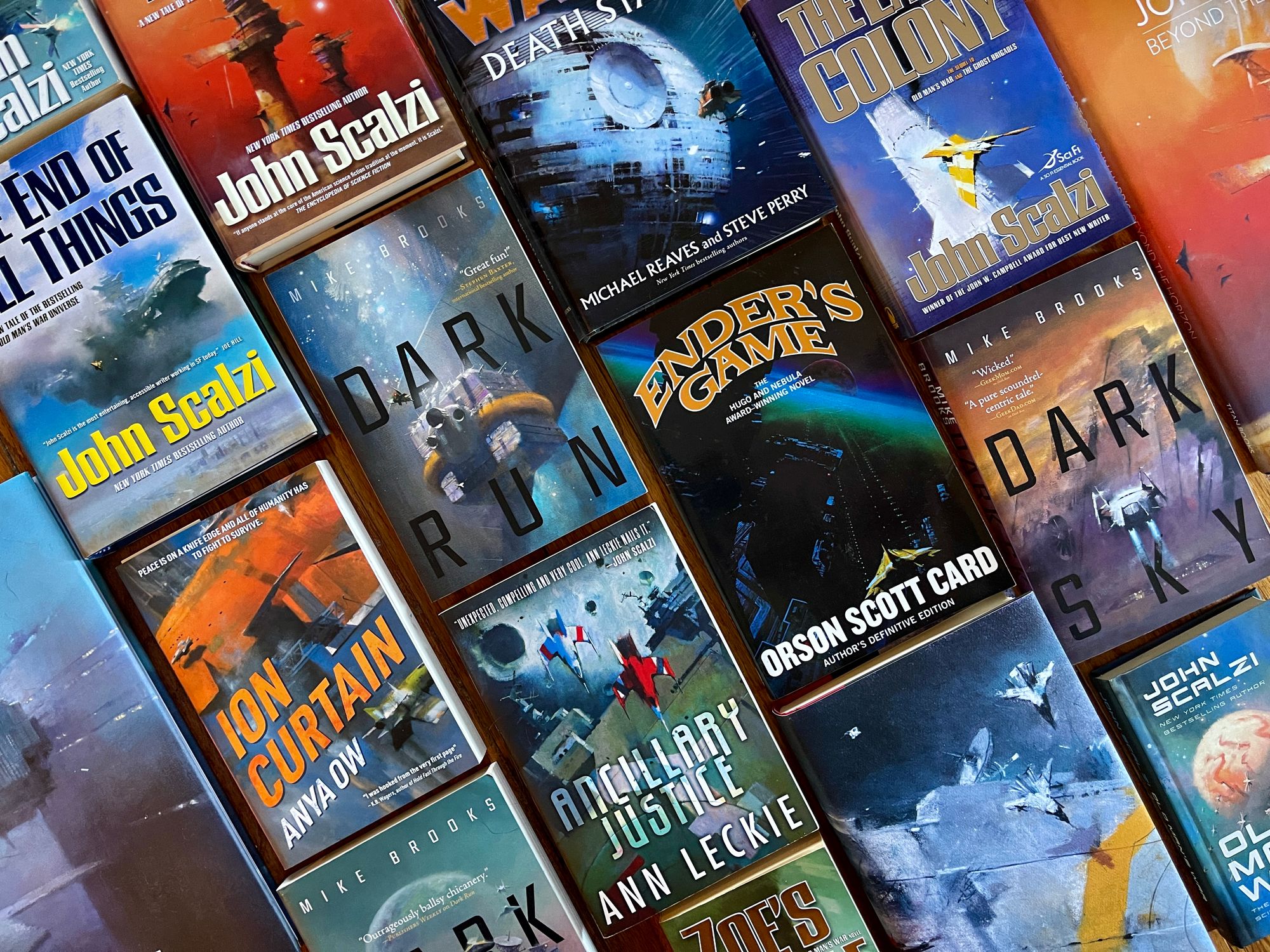
J. Michael Straczynski on Harlan Ellison. Straczynski took over Ellison's literary estate a couple of years ago and announced plans to release the long-overdue anthology Last Dangerous Visions. That book will come out next year, but in the meantime, he's also been working on a collection of Ellison's best works, Greatest Hits. io9's Cheryl Eddy interviewed him about the project.

King Arthur by way of Lev Grossman. I've long been a fan of Lev Grossman's novel The Magicians, its sequels, and his YA novels, and waaaaaaay back in 2016, he announced that he was working on a new book called The Bright Sword, his take on King Arthur. He's been working on it ever since, and it's finally ready to come out next year: Today revealed the cover and provides some details about it. Disclaimer: Grossman provided me with an early version of the book and I've been reading it little by little, and it's quite good so far. I'm very excited to get my hands on this one.
Legend of Zelda: the movie. With the success of the Super Mario Bros. movie and the release of Legend of Zelda: Tears of the Kingdom earlier this year, I suppose this was inevitable: Nintendo is working on a live-action Legend of Zelda film. No idea what this'll end up looking like, but there's no shortage of stories to adapt from the franchise.
Lost and found. The Guardian has a neat story about how a couple of long-lost Doctor Who episodes have surfaced in the hands of collectors, and said collectors are reluctant to work with the BBC over fears that the broadcaster will issue legal threats or actions.
New from James S.A. Corey
I'm a big fan of James S.A. Corey's Expanse series, so I've been excited to see what they'll do next. Orbit unveiled the title and cover of the next book, which is set in the very distant future. I'm very excited to get my hands on it when it comes out next summer.
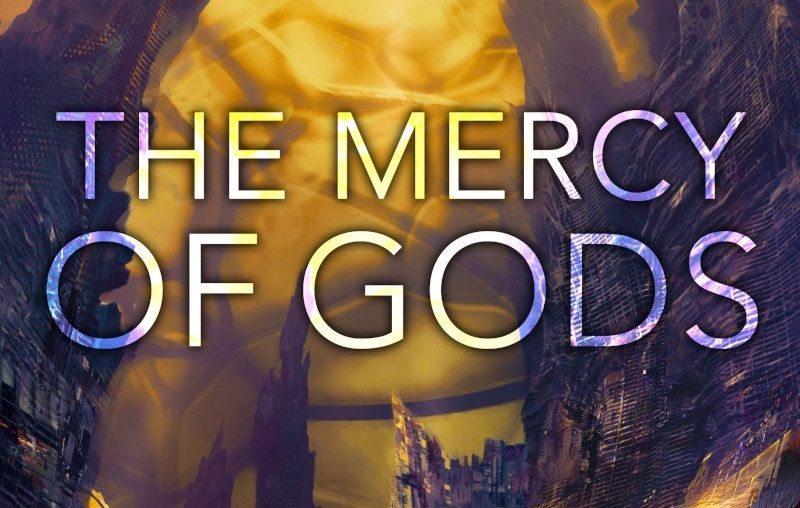
November books
If you're looking for a new read, I've rounded up 24 new titles hitting stores this November.
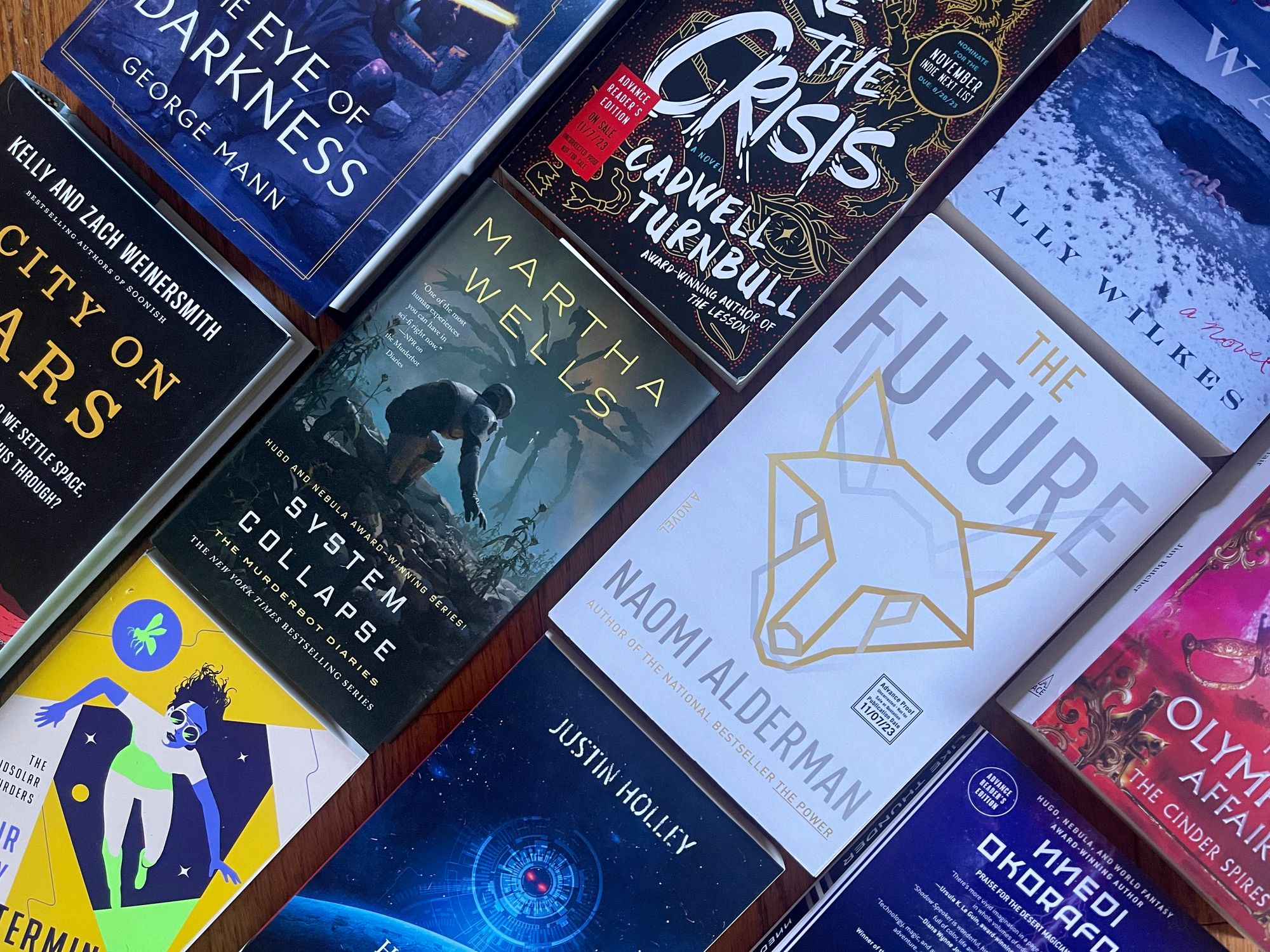
Rebel Moon trailer. Netflix released a trailer for its upcoming space opera from Zach Snyder, Rebel Moon Part One: A Child of Fire, which follows a woman who sets off to recruit some warriors to save her home from an oppressive empire. It looks like it'll be fun to watch.
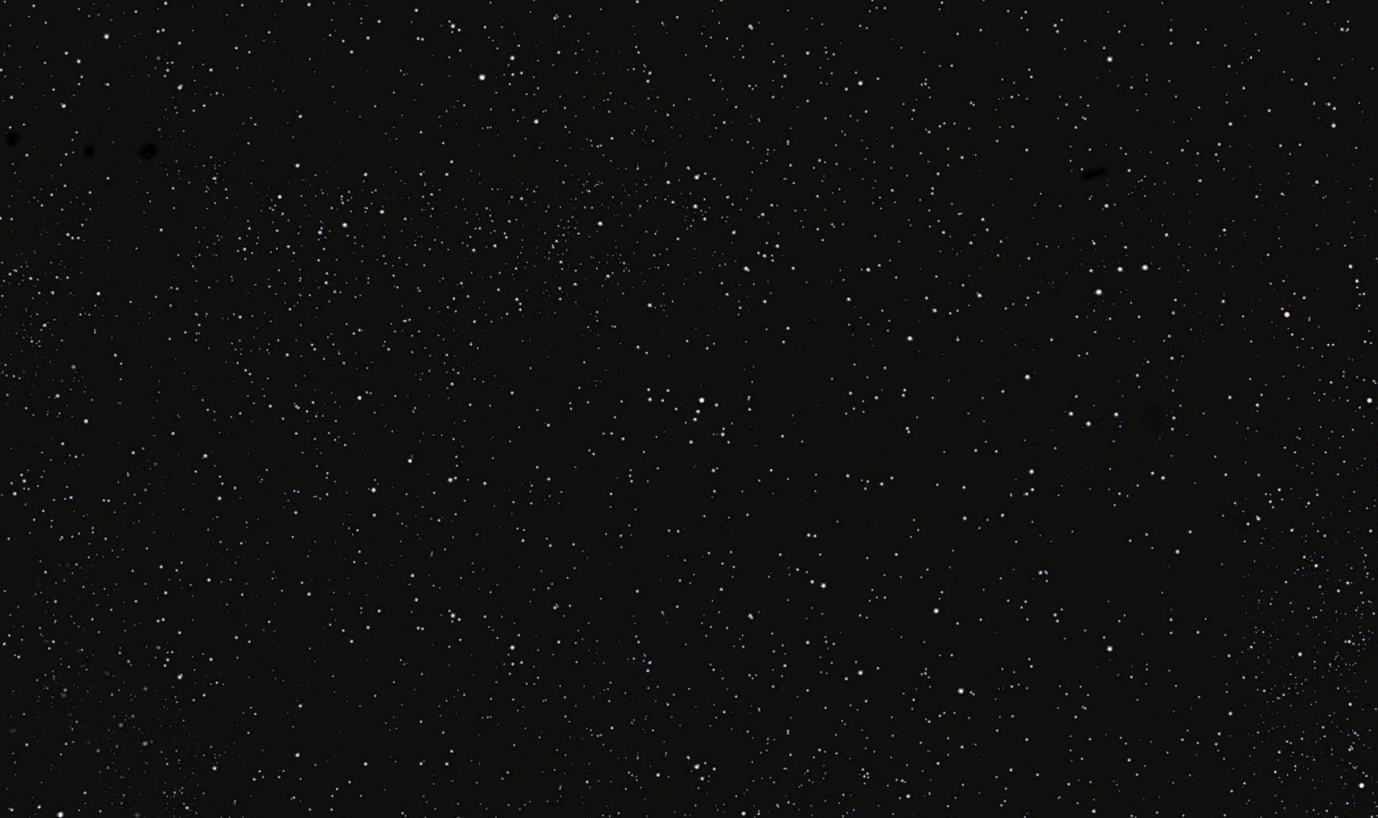
Review: Isabel Cañas's Vampires of El Norte
This was one of my favorite reads thus far this year: a western romance/fantasy from Isabel Cañas that plays with ideas about colonialism and westward expansion with some vampires thrown in.
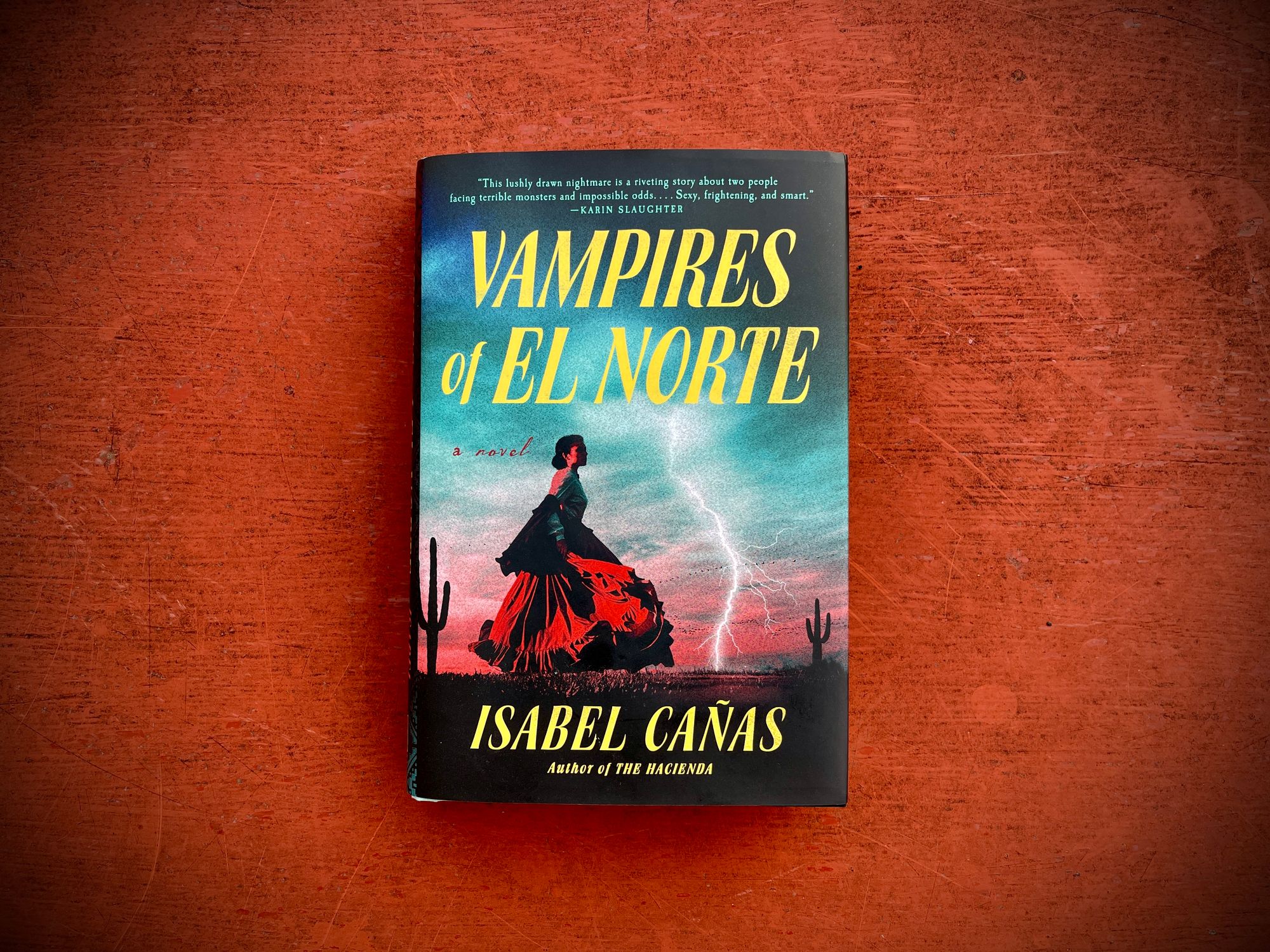
Starfleet Academy: now enrolling. Paramount announced that it's picked up a new Star Trek series: Starfleet Academy. This one's been in the works for a long time, and given that Star Trek: Discovery is coming to an end, it seems like it's time for some more shows to join the lineup.
Superhero stumbles
I recently finished an interesting book by Gavin Edwards, Dave Gonzales and Joanna Robinson, MCU: The Reign of Marvel Studios, which serves as a high-level look at how Marvel Studios came about. I finished it around the same time I read a piece in Variety that detailed the problems that Marvel's facing with its next crop of superhero films.
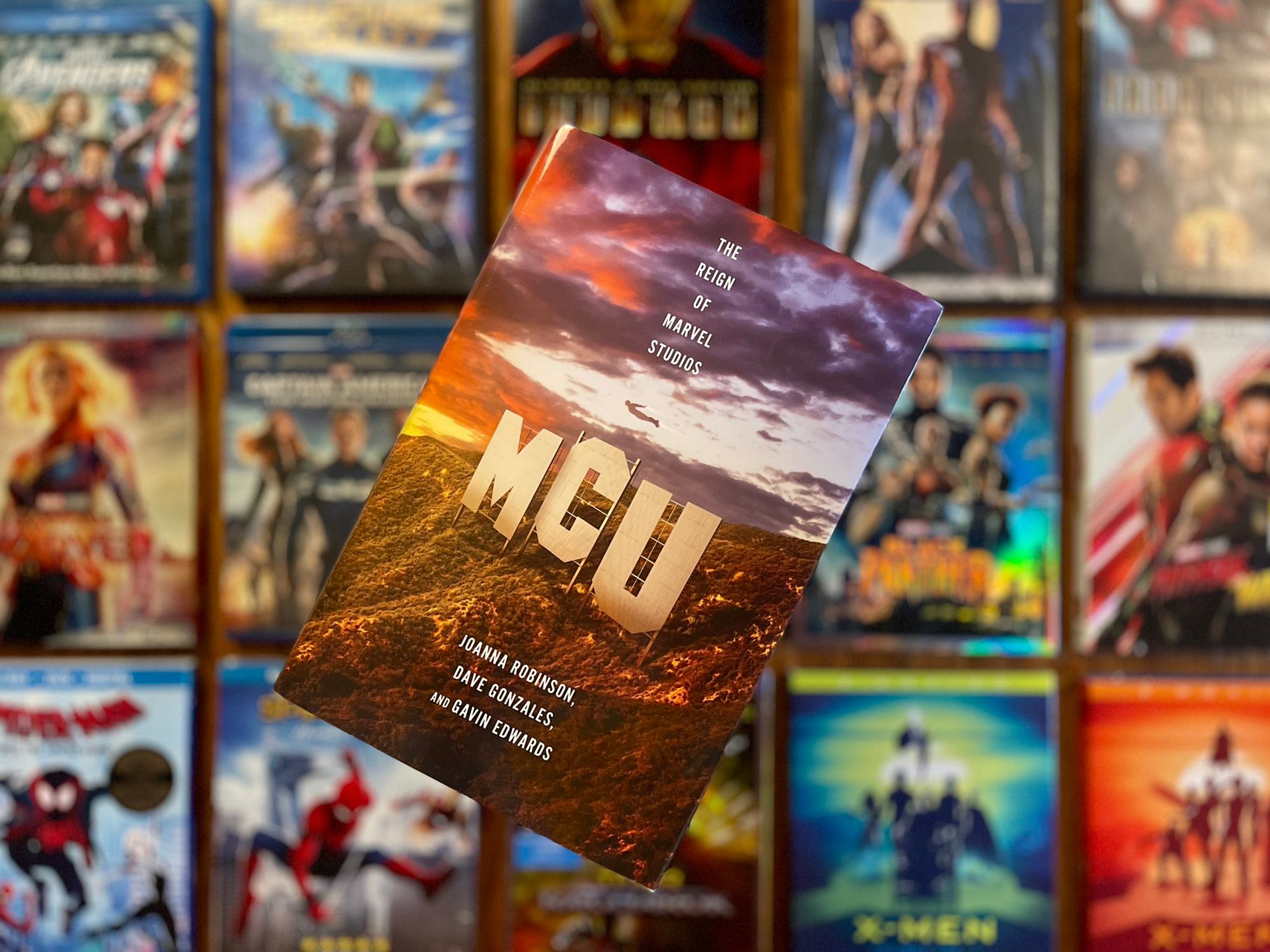
Supermarket selections. I've long been fascinated by the mechanics of the bookselling industry: how the development of chain stores and distributors have an impact on the stories we consume. iNews has an interesting look at how supermarkets have been steadily stocking and selling fewer books on their shelves: "this has inevitably had a knock-on effect on just how influential, or not, supermarkets are on reading habits."
Trench Watch
This is one of the coolest things I wrote this year: a story in History Connections, the Vermont Historical Society member magazine about a Barre man named Harold Hawes and the wristwatch of his that we have in our collection. It's a neat intersection of a couple of stories about the First World War, how watches became a fashion item, and where Hawes fit into the story.
